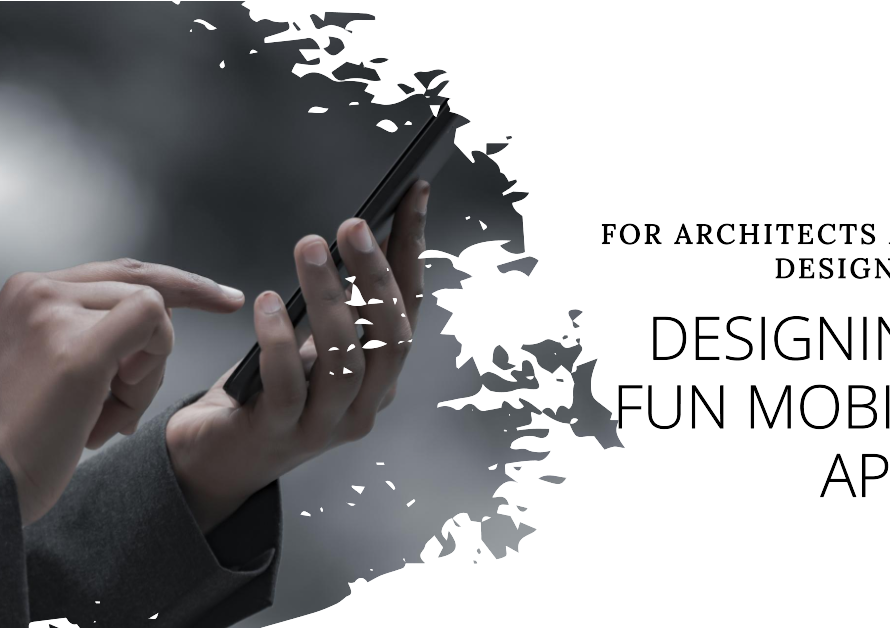
Table of Contents
- Introduction: The World in Three Dimensions
- The Evolution of Visual Representation:
- Revolutionizing Industries: A Comprehensive Overview
- Enhancing Product Design and Manufacturing:
- Medical Advancements: Transforming Healthcare
- Empowering Environmental and Urban Planning:
- Educational Tools: Enhancing Learning and Understanding
- Facilitating Virtual Collaboration:
- The Future of 3D Modelling:
- Conclusion: Embracing the Potential of 3D Modelling
Introduction: The World in Three Dimensions
In an increasingly digital world, the significance of 3D modelling cannot be overstated. It touches various facets of our lives, from the entertainment industry to architecture, and from medical advancements to manufacturing. This powerful tool has transformed how we visualize, design, and interact with our environment, making it indispensable across multiple disciplines. In this blog post, we will delve into the reasons why 3D modelling matters, exploring its impact and the myriad ways it enhances our understanding and capabilities.
The Evolution of Visual Representation:
Historically, visual representation began with simple sketches and drawings. These two-dimensional depictions provided a basic understanding of objects and structures. However, as technology advanced, the need for more accurate and immersive representations grew. This is where 3D modelling emerged, revolutionizing the way we visualize and interpret information. Unlike traditional sketches, 3D models offer depth, perspective, and a realistic portrayal of objects, making them far more effective for both communication and analysis.
One of the most profound impacts of 3D modelling is its ability to bridge the gap between imagination and reality. Designers and engineers can now bring their ideas to life with unprecedented accuracy and detail. This capability not only enhances creativity but also ensures that the final product aligns closely with the original vision. By enabling a tangible representation of concepts, 3D modelling has become a vital tool in turning abstract ideas into concrete realities.
Revolutionizing Industries: A Comprehensive Overview
The entertainment industry has seen a seismic shift with the advent of 3D modelling. From blockbuster movies to video games, 3D models are the backbone of visual effects and animations. Characters, environments, and even entire worlds are meticulously crafted using 3D modelling software, creating immersive experiences that captivate audiences. This technology allows for greater creativity and precision, ensuring that every detail, no matter how minute, contributes to the overall storytelling.
In architecture and construction, 3D modelling has become indispensable. Architects use 3D models to visualize and refine their designs, allowing for better planning and execution. These models provide a realistic preview of the structure, enabling stakeholders to make informed decisions. Additionally, 3D modelling aids in identifying potential issues before construction begins, saving time and resources. By offering a clear and detailed representation of the final product, 3D models enhance communication between architects, engineers, and clients, ensuring everyone is on the same page.
Enhancing Product Design and Manufacturing:
In the realm of product design and manufacturing, 3D modelling plays a critical role in prototyping and iteration. Designers can create detailed models of products, allowing for thorough testing and refinement. This iterative process ensures that any flaws or improvements are identified and addressed before mass production begins. By facilitating rapid prototyping, 3D modelling significantly reduces the time and cost associated with product development.
Moreover, 3D modelling opens the door to customization and innovation. Manufacturers can create customized products tailored to individual preferences and needs. This capability is particularly valuable in industries such as healthcare, where personalized medical devices can greatly enhance patient outcomes. The flexibility and precision offered by 3D modelling empower designers to push the boundaries of innovation, leading to the creation of groundbreaking products.
Medical Advancements: Transforming Healthcare
In healthcare, 3D modelling is transforming surgical planning and simulation. Surgeons can use 3D models to visualize complex anatomies and plan intricate procedures with greater accuracy. These models provide a comprehensive view of the patient’s anatomy, allowing surgeons to anticipate challenges and devise optimal strategies. As a result, surgical outcomes are improved, and the risk of complications is reduced.
Furthermore, 3D modelling is revolutionizing medical education and training. Medical students and professionals can practice procedures in a virtual environment, gaining hands-on experience without the risks associated with real-life surgery. These simulations enhance learning and skill development, ensuring that medical practitioners are well-prepared to handle various scenarios. By providing a realistic and interactive learning tool, 3D modelling is enhancing the quality of medical education and training.
Empowering Environmental and Urban Planning:
Environmental and urban planning also benefit significantly from 3D modelling. Urban planners can create detailed models of cities, allowing for comprehensive analysis and visualization of urban development projects. These models facilitate better decision-making by providing a realistic representation of the proposed changes and their impact on the environment. By incorporating data on traffic flow, population density, and other variables, 3D models enable planners to design more efficient and sustainable urban spaces.
In environmental planning, 3D modelling is used to assess the impact of various projects on the natural environment. These models help in visualizing the potential effects of construction, deforestation, and other activities, enabling stakeholders to make informed decisions that minimize environmental harm. By providing a clear and detailed representation of potential outcomes, 3D modelling supports sustainable development and environmental conservation efforts.


Educational Tools: Enhancing Learning and Understanding
In the realm of education, 3D modelling offers interactive learning experiences that enhance understanding and engagement. Students can explore complex concepts and structures in a virtual environment, making learning more dynamic and immersive. For instance, in subjects like biology, students can examine detailed 3D models of cells and organs, gaining a deeper understanding of their functions and interactions. This hands-on approach to learning fosters curiosity and critical thinking, making education more effective and enjoyable.
Additionally, 3D modelling bridges the gap between theory and practice. By providing a tangible representation of theoretical concepts, it helps students grasp abstract ideas more easily. This is particularly valuable in fields such as engineering and physics, where visualizing complex mechanisms and phenomena is essential for comprehension. By integrating 3D models into the curriculum, educators can enhance the learning experience and better prepare students for real-world applications.
Facilitating Virtual Collaboration:
In today’s globalized world, virtual collaboration is becoming increasingly important. 3D modelling facilitates this by enabling teams to work together seamlessly, regardless of geographical location. Designers, engineers, and stakeholders can share and review 3D models in real-time, ensuring that everyone is aligned and informed. This capability enhances communication and collaboration, leading to more efficient and successful projects.
Moreover, 3D modelling enhances communication and feedback. Traditional 2D drawings and sketches can often be misinterpreted, leading to misunderstandings and errors. In contrast, 3D models provide a clear and detailed representation of the design, making it easier for all parties to understand and provide feedback. This clarity ensures that any issues are identified and addressed early in the process, reducing the likelihood of costly revisions and delays.
The Future of 3D Modelling:
The future of 3D modelling is promising, with advances in technology poised to expand its capabilities even further. Innovations such as artificial intelligence and machine learning are being integrated into 3D modelling software, enhancing its functionality and efficiency. These advancements will enable more sophisticated and realistic models, opening up new possibilities across various industries.
As technology continues to evolve, the applications of 3D modelling are expected to expand. Fields such as virtual reality, augmented reality, and robotics are already benefiting from 3D modelling, and this trend is likely to continue. By leveraging the power of 3D models, these industries can create more immersive and interactive experiences, pushing the boundaries of what is possible.
Conclusion: Embracing the Potential of 3D Modelling
In conclusion, 3D modelling is a transformative technology with far-reaching implications. From enhancing creativity and innovation to improving communication and collaboration, its significance is undeniable. As we continue to explore and embrace the potential of 3D modelling, we can expect to see even greater advancements and applications in the future. By understanding and leveraging the power of this technology, we can unlock new possibilities and drive progress across various fields.



